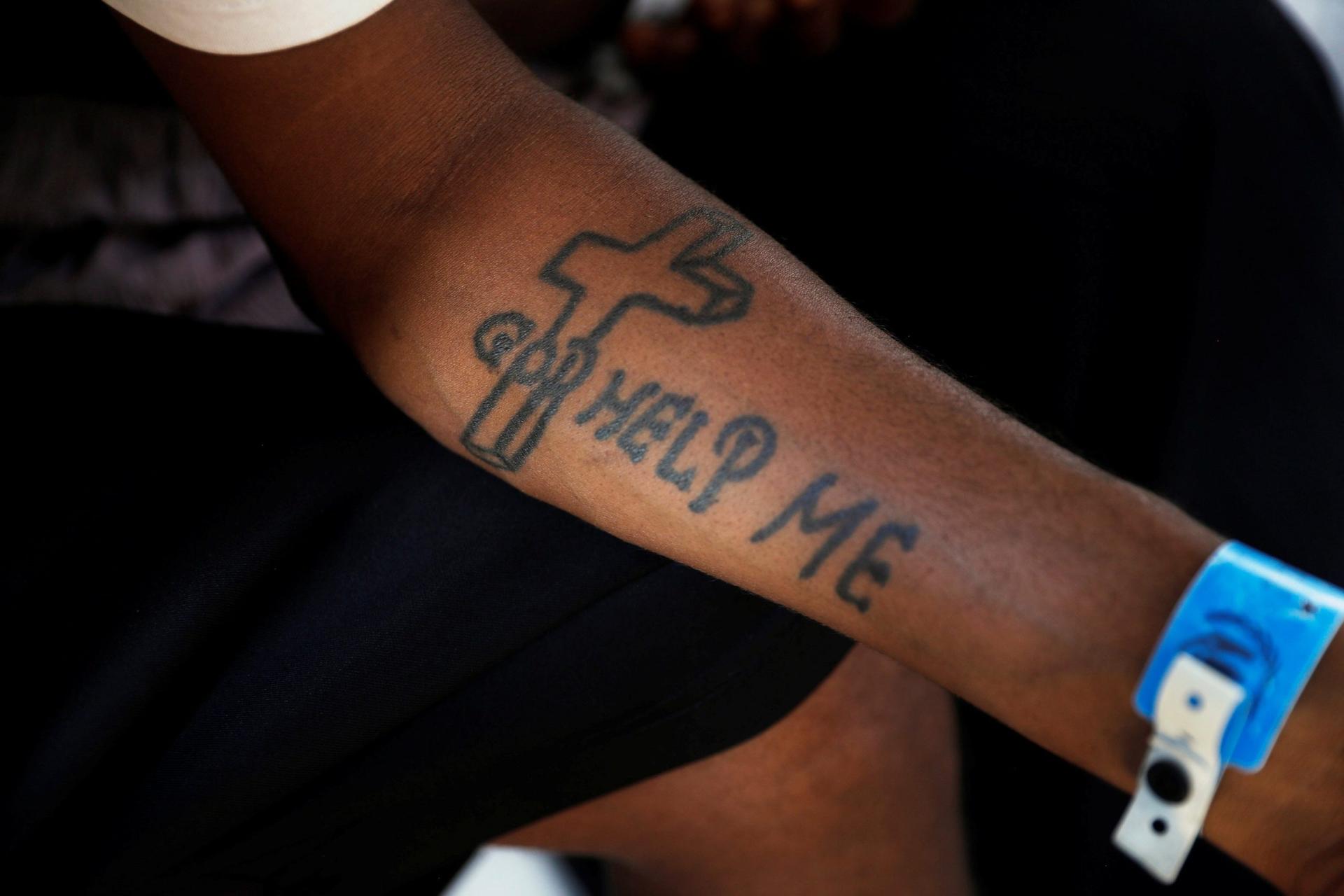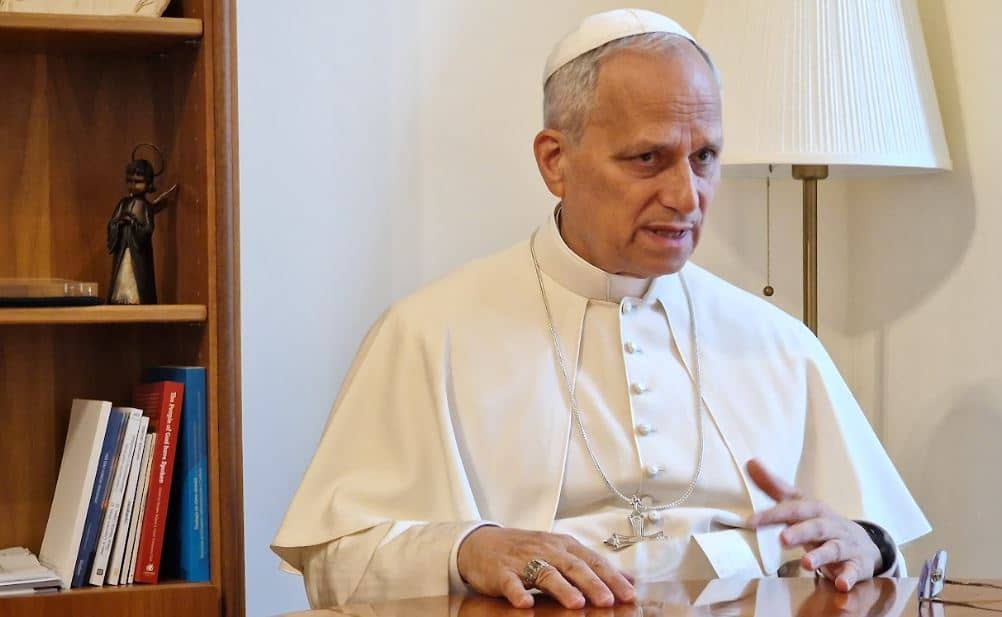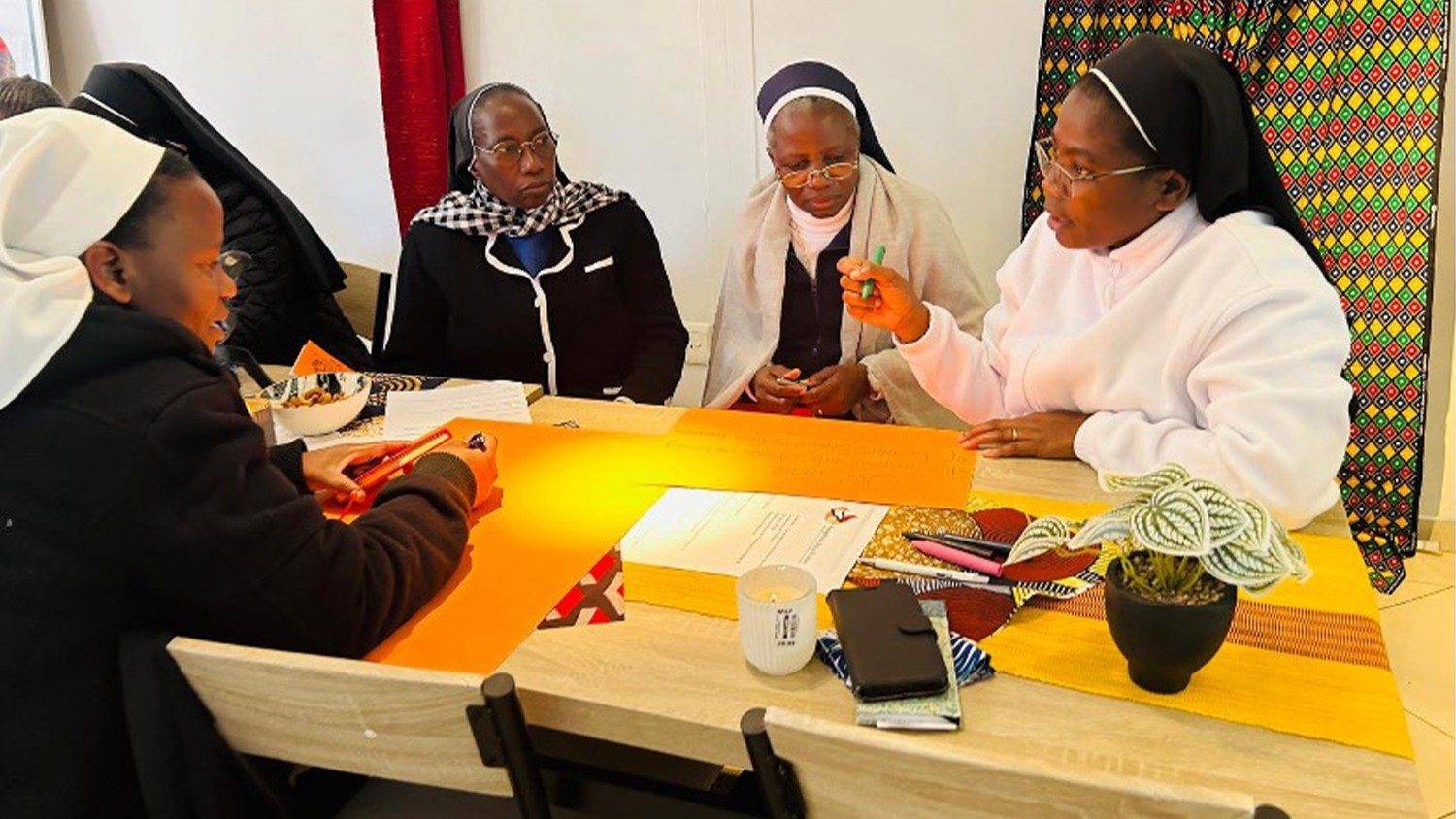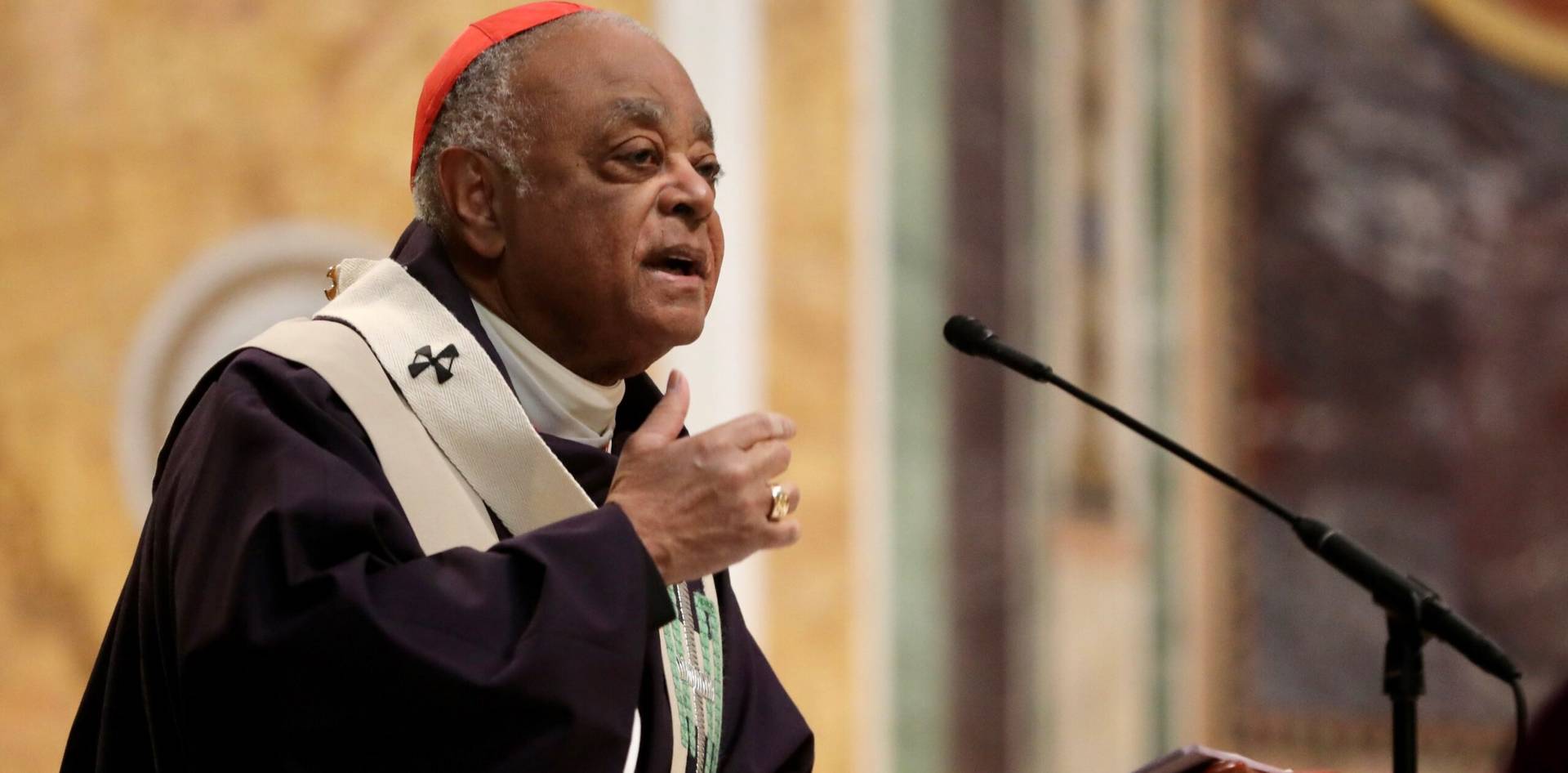YAOUNDÉ, Cameroon – Eritrea is marking its 30th anniversary of independence this year, with human rights activists noting the country has little reason to celebrate, given the brutal oppression experienced under President Isaias Afwerki.
Eritrea gained its independence from Ethiopia on May 24, 1991, after a 30-year civil war, which killed at least 65,000 Eritreans.
The 30th anniversary celebration took place under the theme, “Resilient as Ever.”
Kiri Kankhwende of Christian Solidarity Worldwide noted the theme is apt for the Eritrean people, who “have been incredibly resilient in the face of one of the most repressive regimes in the world.”
What follows are excerpts of her conversation with Crux.
Crux: Eritrea celebrated 30 years of independence under the theme “Resilient: As Ever.” Just how resilient have the Eritrean people been?
Kankhwende: The Eritrean people have been incredibly resilient in the face of one of the most repressive regimes in the world, which has prompted thousands of citizens to flee every month. According to the UN Office of the High Commissioner for Refugees (UNHCR), 12 percent of the population had become refugees or asylum seekers as of June 2016. They have fled indefinite military service, arbitrary imprisonment and multiple human rights violations, including the right to freedom of religion or belief.
CSW has described Eritrea’s 30 years of independence as “30 years of brutal oppression and crimes against humanity committed by the government against its own people.” Can you elaborate?
In a report released in June 2016, the UN Commission of Inquiry on Human Rights in Eritrea (COIE) “found reasonable grounds to believe” that crimes against humanity, “namely enslavement, imprisonment, enforced disappearance, torture, other inhumane acts, persecution, rape and murder” have been committed in a “widespread and systematic manner” since Eritrea achieved independence in 1991. These crimes were deemed to have been committed largely but not exclusively within the context of the military service regime, and also involved religious and ethnic persecution.
Since 2002, CSW has interviewed hundreds of Eritrean refugees and asylum seekers who were imprisoned in one or more of Eritrea’s often makeshift detention centers, who describe the most appalling abuses. These include female prisoners being beaten on the soles of their feet and wombs for several hours to induce barrenness; prisoners being bound with ropes for hours, days or even weeks in contorted positions, resulting in some cases in physical impairments; and people being held indefinitely in shipping containers, cramped underground cells, or in open air facilities in the desert with no protection from the sun.
Walk us through what is happening right now in Ethiopia’s Tigray region, and Eritrea’s involvement.
On November 4, 2020, Ethiopian Prime Minister Abiy Ahmed ordered a military offensive against the Tigray Peoples’ Liberation Front (TPLF) forces ostensibly in response to an attack on a federal army base which the Tigrayan authorities insist was pre-emptive. The order sparked the beginning of a violent and ongoing war with regional dimensions in the Tigray region, due to the initially covert participation of soldiers from both Eritrea and Somalia. The offensive was termed a “law enforcement” operation against TPLF forces; however, from the outset Tigrayan civilians have been targeted for collective punishment, having been deemed guilty by association due to their shared ethnicity with the TPLF leaders. There are now serious concerns that atrocity crimes may have taken place in the region, with egregious violations reported, including the use of rape as a weapon of war, extrajudicial killings of men and boys in particular, and the indiscriminate bombing and looting of homes, hospitals, churches, mosques, educational establishments and other civilian structures.
The involvement of thousands of Eritrean troops in the fighting in Tigray is no longer disputed. These soldiers are reportedly involved in extensive looting and destruction of property, including cultural heritage sites. Churches are reportedly attacked on feast days to ensure casualties are on sites.
Starvation is being used as a weapon of war. Eritrean and Ethiopian soldiers are blocking humanitarian relief, and even looting food distribution points. A scorched earth campaign appears to be underway, designed to deprive the Tigrayan people of every means of sustenance, including slaughtering farm animals, and burning down food storages and crops. According to the World Food Program (WFP), 90 percent of the population needs assistance. The UN Office for humanitarian affairs has warned the world is on the verge of seeing famine in Ethiopia for the first time since the 1980s
The presence of Eritrean soldiers has also heightened concerns for the wellbeing of Eritrean refugees in Tigray, who are accommodated in four camps within reach of the Eritrean border. Shimelba and Hitsats camps have been emptied of their occupants and destroyed, with around 6000 refugees reportedly forced to walk to the town of Shiraro, from where they were transported to Eritrea. CSW has received credible reports that large numbers of refugees from the Kunama ethnic group, a tribe that was identified by the UN Commission of Inquiry as having suffered persecution on the grounds of ethnicity, may have been forced to return to Eritrea on foot.
In January 2021, an assessment team from the office of the UN High Commissioner for Refugees (UNHCR) was finally allowed to visit the remaining camps, Mai Aini and Adi Harush, where buildings and structures were found to be still intact. However, a critical shortage of potable water had caused diarrhea-like illnesses, and while they were yet to be impacted directly by the fighting, refugees reported being harassed, threatened and robbed by armed groups who access their camps at night. Additionally, some 5,000 refugees who had made their way to Shire town were “living in dire conditions, many sleeping in an open field on the outskirts of the town, with no water and no food.”
What does the continuing conflict mean for Christians in the country?
Among Tigray’s world heritage sites that have been damaged, is a renowned monastery established in the 6th century on the Debre Damo mountain by Abuna (Father) Aregawi, and the al Nejashi mosque near Wukro town, one of the oldest in Africa, from which religious letters and manuscripts dating back to the 7th century have reportedly been looted.
Saint Emmanuel Orthodox Church, situated close to the mosque, has also sustained damage. A delegation from the Ethiopian Catholic Church that visited its Diocese of Adigrat in mid-January to check on the welfare of the local bishop reported that the area had been damaged extensively. Moreover, a church’s compound had been used as a military command center despite the presence of clergy and nuns; and the Adigrat minor seminary building, its water tanker, a chapel at the cemetery, an Orthodox church and a mosque had all sustained damage. The indiscriminate bombing and destruction of ancient churches, mosques and other religious establishments and extensive looting of irreplaceable historical religious artifacts and manuscripts, increasingly the appearance of an ongoing campaign of cultural cleansing.
In a conservative estimate, it is believed that 2,000 Tigrayans have died in at least four confirmed massacres perpetrated by Ethiopian and Eritrean forces soldiers and allied Amhara militia, including around up to 750 people at the Maryam Zion Church in Axum, which is believed to house the biblical Ark of the Covenant, which the victims were allegedly trying to prevent from being seized and relocated to the Amhara region. Clergy and worshipers have died in significant numbers. On December 20, 2020, CSW received allegations of the deaths of 154 civilians, including a priest named Hailu Abraha, during heavy bombardment of the Maryam Dengelat Church near Adigrat that is believed to have occurred on November 30. In late January 2021, reports emerged of the murders of around 48 Orthodox priests in a church in Adi Fetaw village, close to the Eritrean border, and of 24 priests in Edaga Arbi, an area known for its monastery. Details are also emerging of the murders of 27 people, including 12 priests, in Medhane Alem Church in Gulomikhada.
The attacks on churches appear to be timed to coincide with annual religious festivals, possibly to inflict maximum casualties. Close to 200 priests are thought to be among the estimated 50,000 civilian fatalities, including 78 who were killed in one zone and in Wukro town nuns were reportedly raped in their convent.
Additionally, the head of the Ethiopian Orthodox Church, Patriarch Mathias, has been under house arrest since the release in early May of a video that had to be smuggled out of the country prior in which he asserted that government forces and their allies are committing genocide in Tigray, and requested urgent international intervention.
















